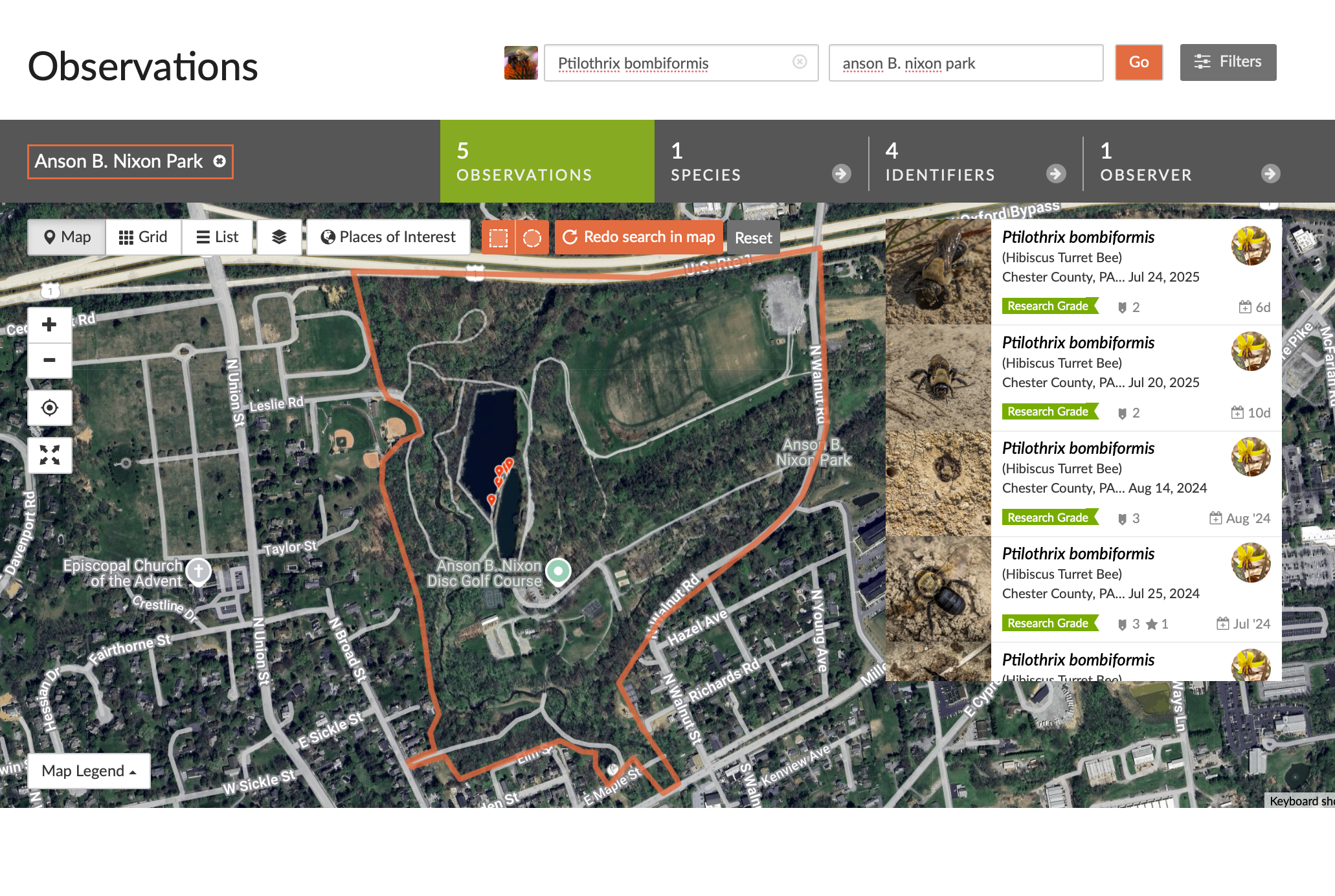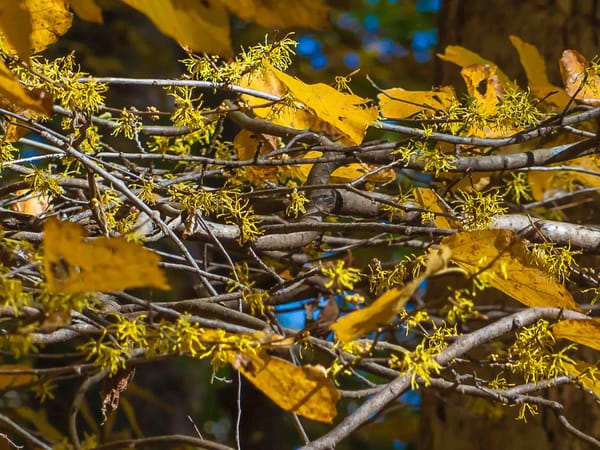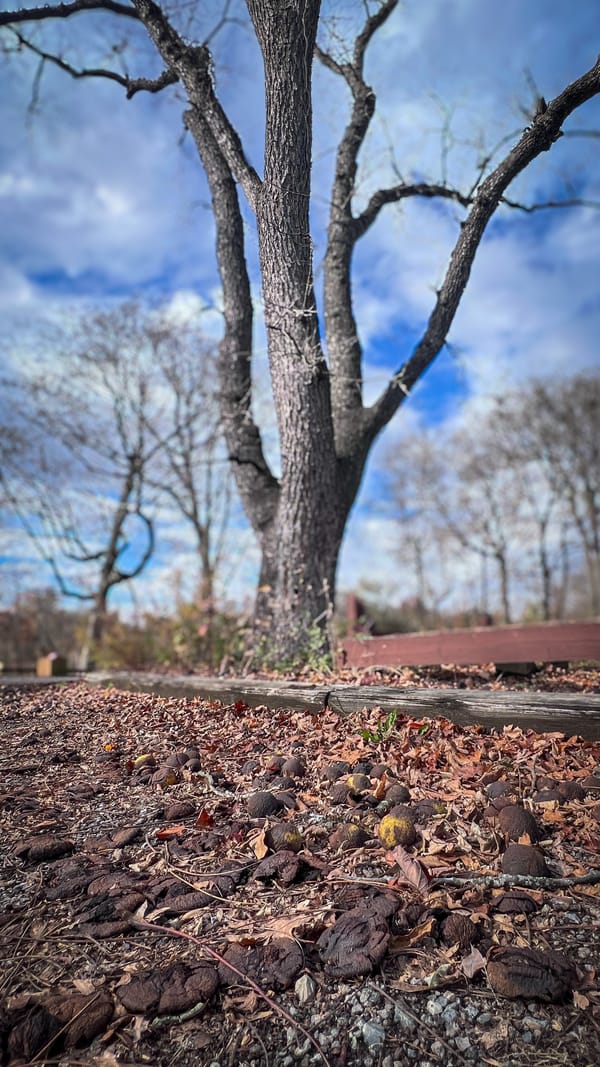Hibiscus Turret Bees
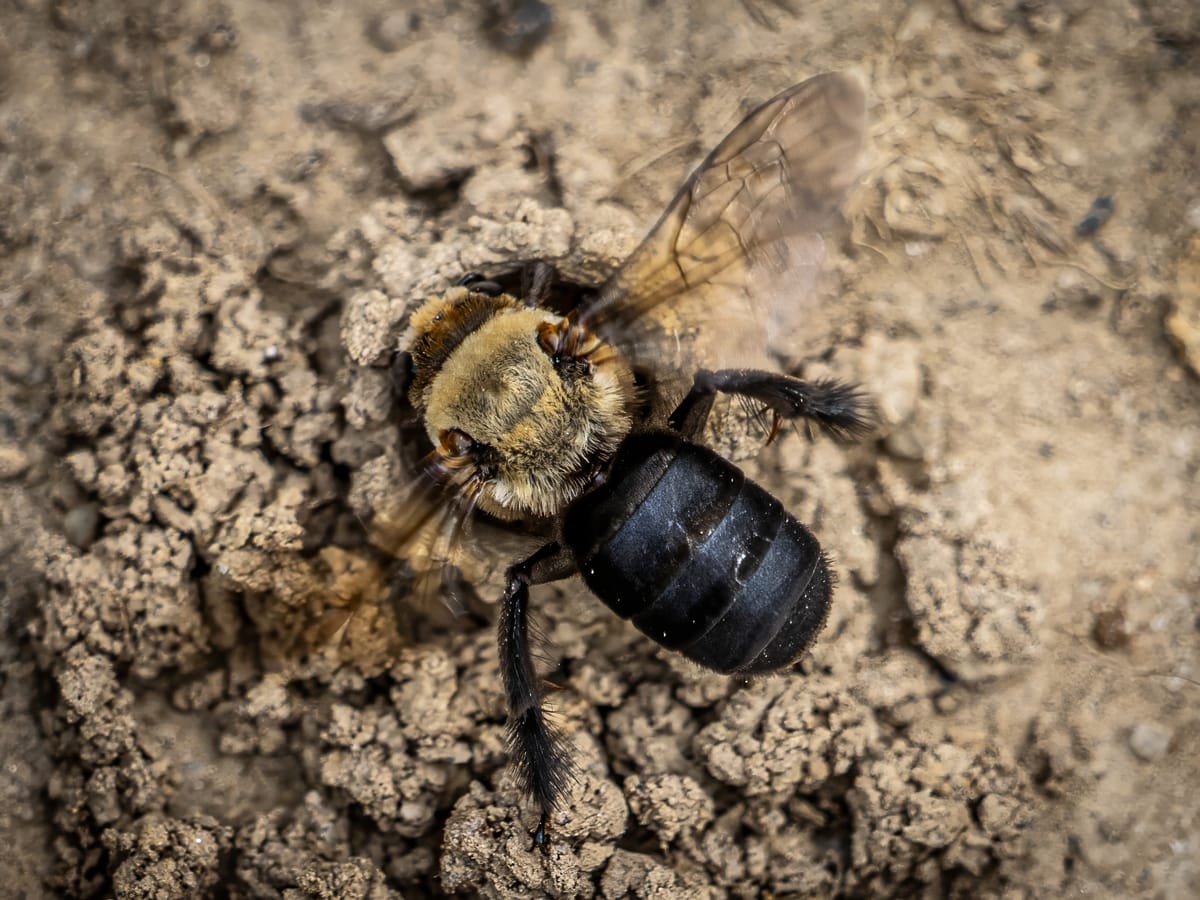
If you visit the park over the next couple of weeks take some time to visit the Hibiscus Turret Bee colony along the path between the ponds. Ptilothrix bombiformis, (also called the Rose-mallow Bee or Eastern Digger Bee), is a solitary mining bee.
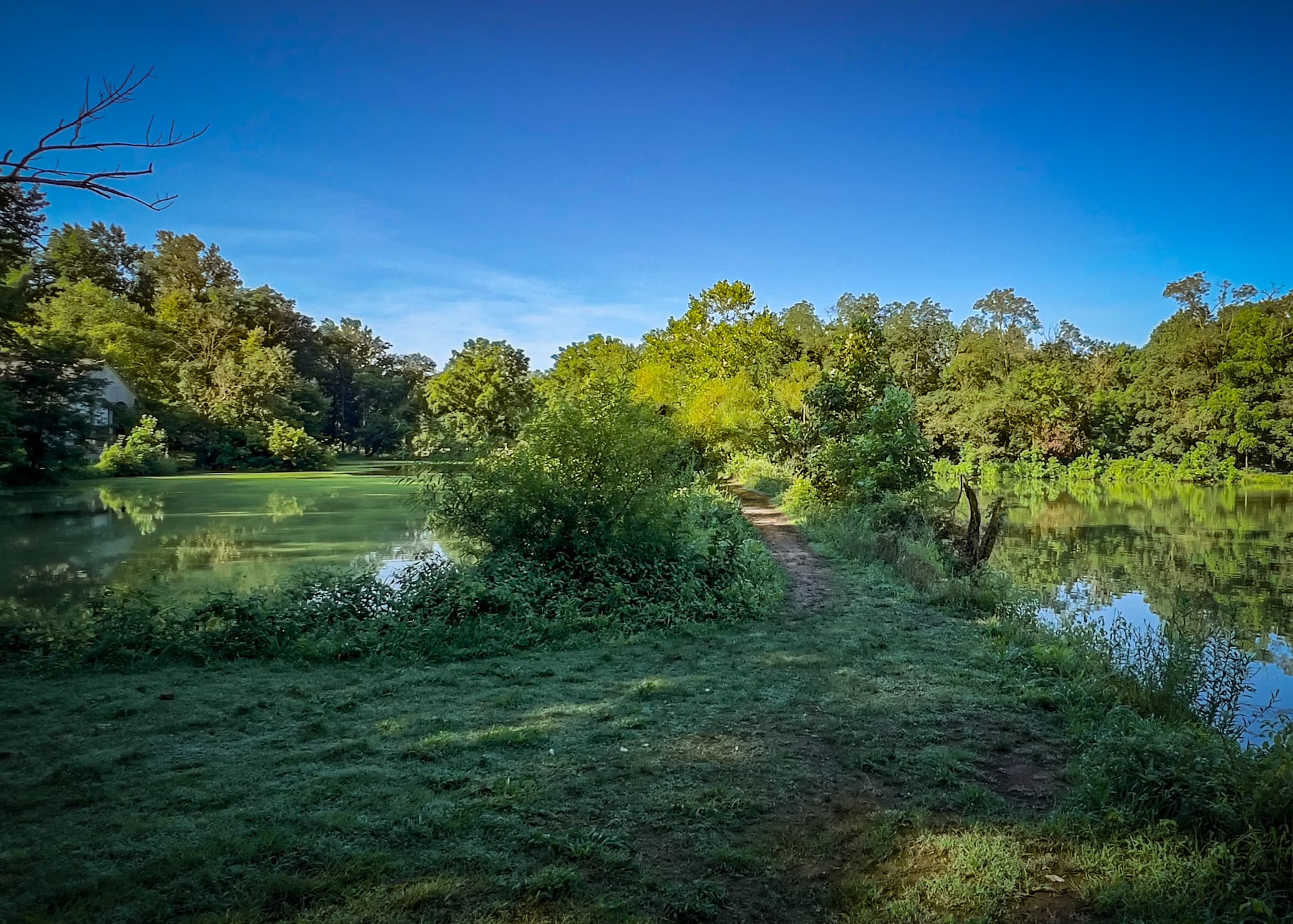
This fascinating species of bee prefers highly compacted soils for their nest, making the path between the ponds an ideal location. Right now the female bees are busy digging and provisioning nests.
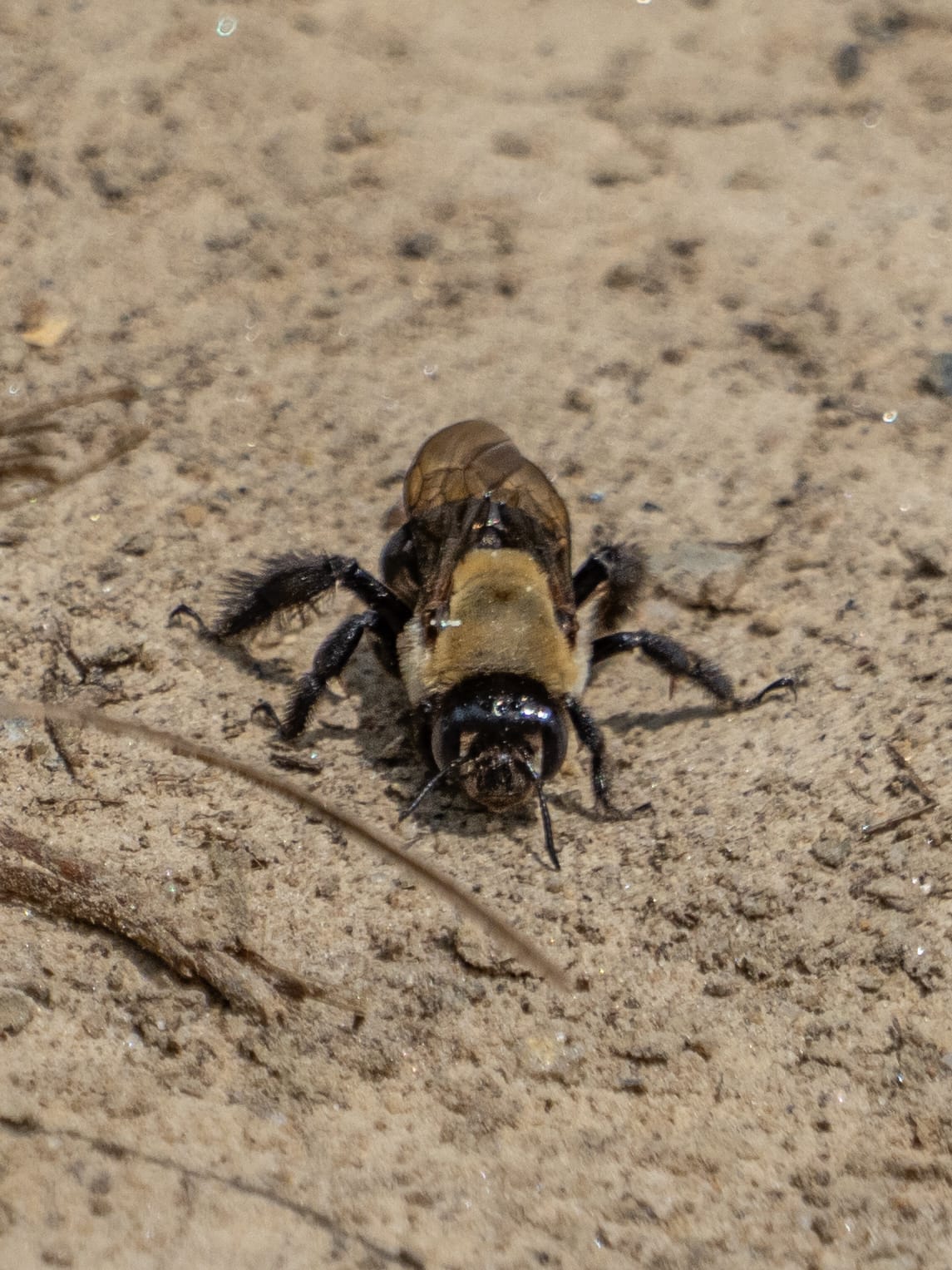
They are larger than honey bees, (one half to three quarters of an inch long) and look a lot like bumble bees. You’ll see them flying slowly a few inches above the pathway dotted with small holes. Active nests are surrounded by pellets of soil with a small tubular turret at the center.
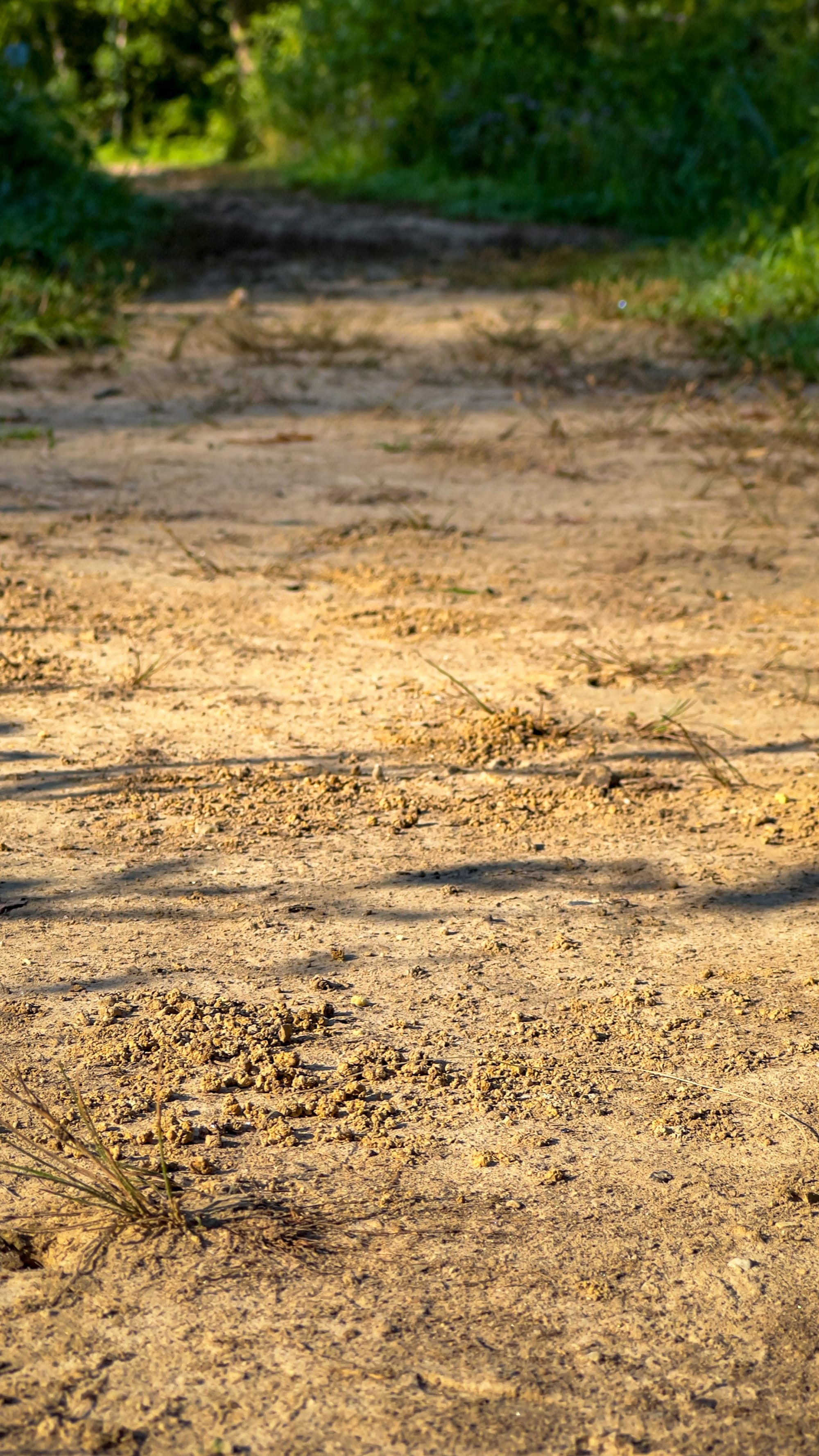
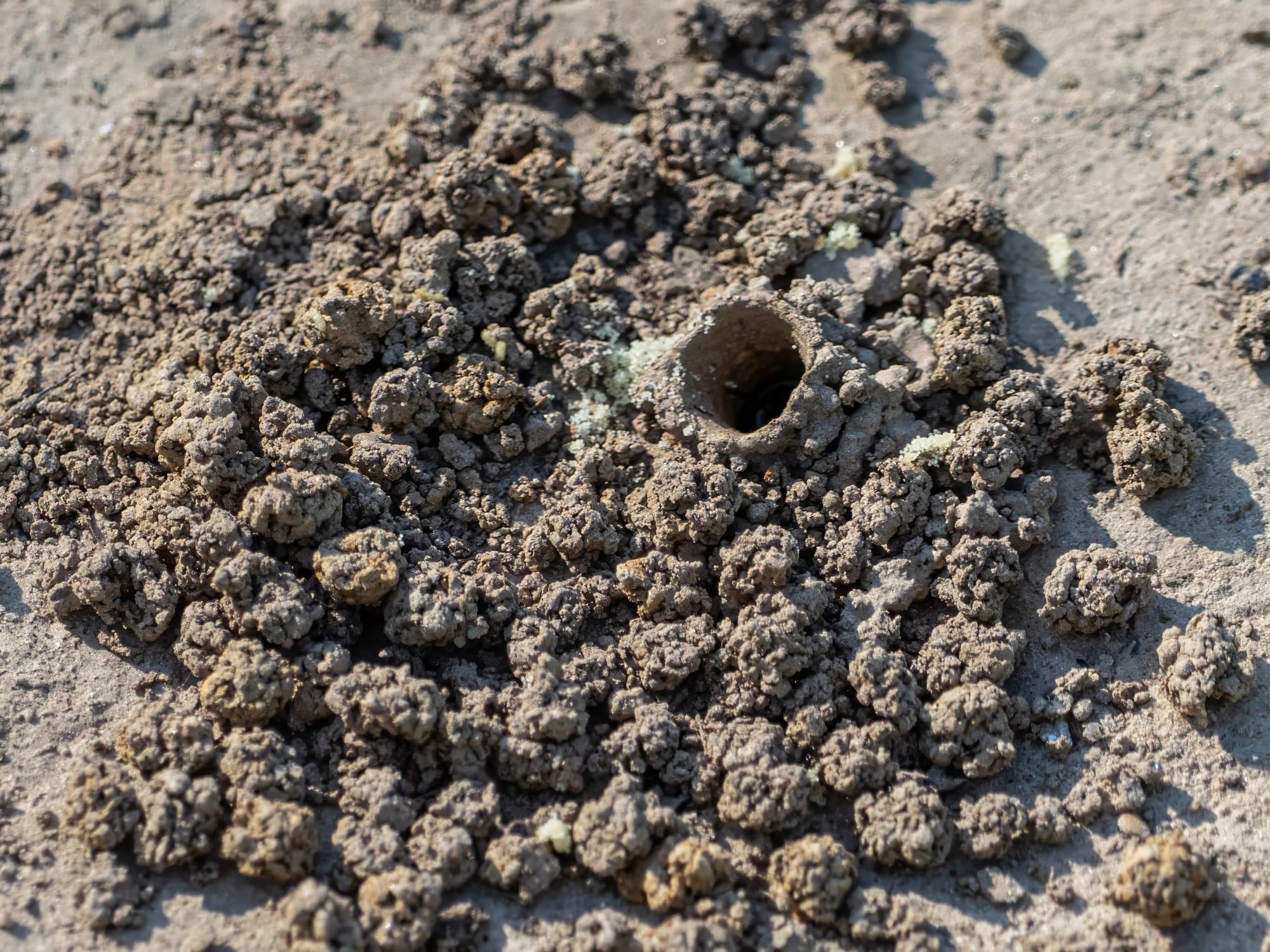
The nest is a vertical tunnel with one or two, sometimes even three, brood cells stacked on top of each other. The topmost brood cell is around 2 inches from the surface. The urn-shaped cells are about an inch long and ½ inch wide at the widest point. Cells are lined with soil and wax about 1/16 inch thick.
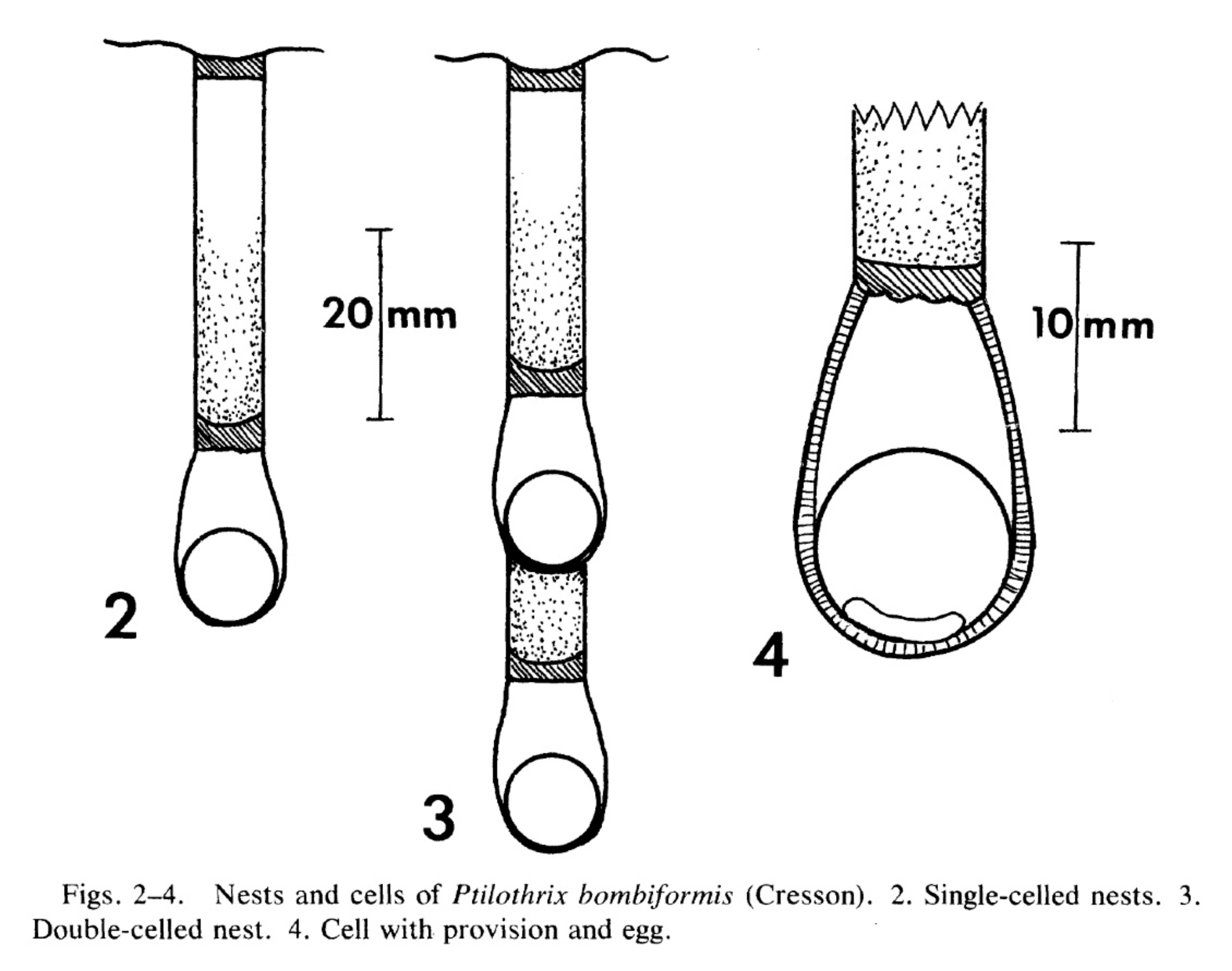
The female bee lands on the surface of the pond, floating like a water strider, and collects water to soften the soil. She forms moistened soil into the chimney-like turret that stands as much as an inch high around the nest entrance. Multiple trips to the pond for more water follow. As the tunnel deepens the bee pushes pellets of moistened soil out of the hole creating a considerable pile.
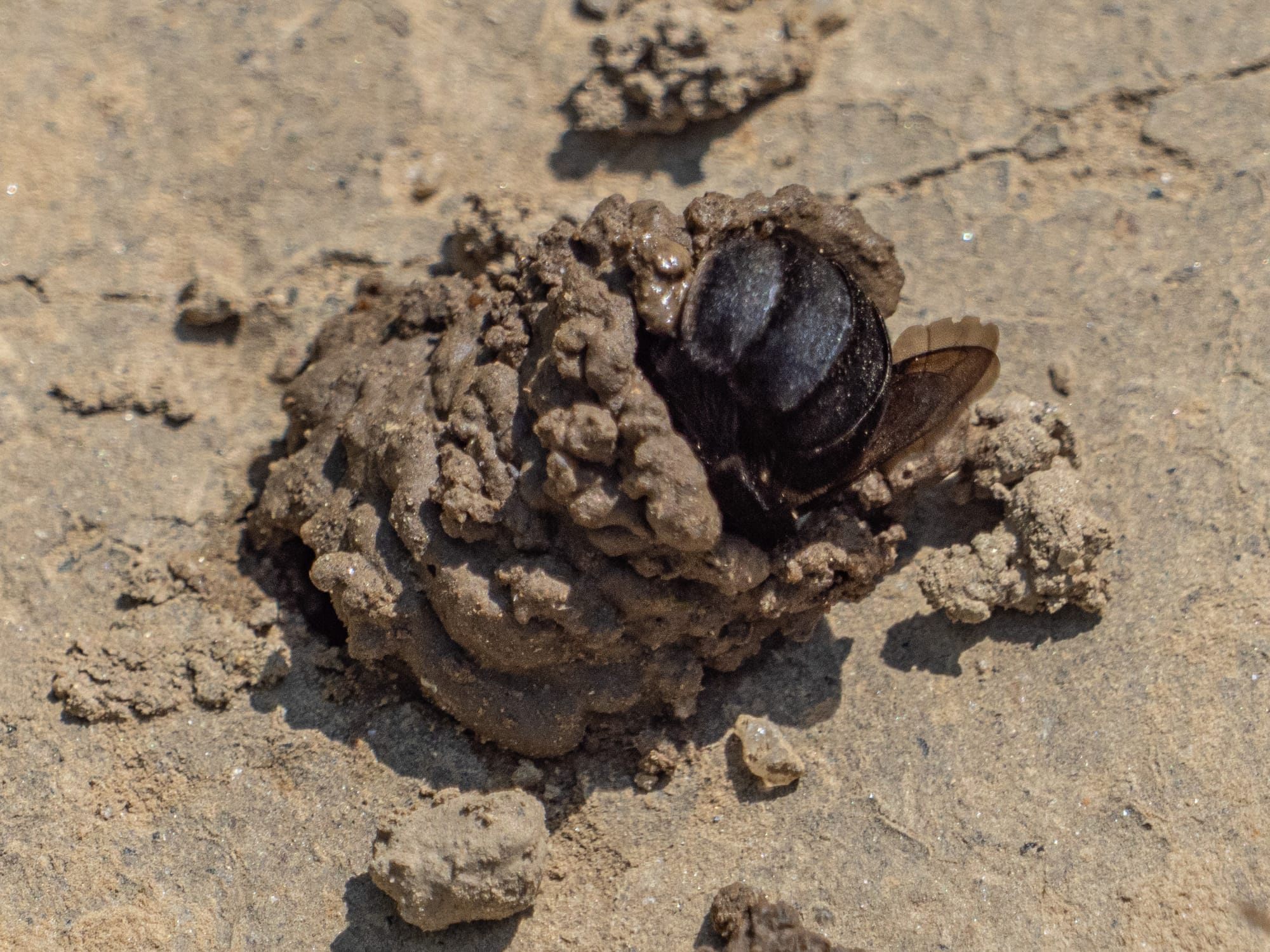
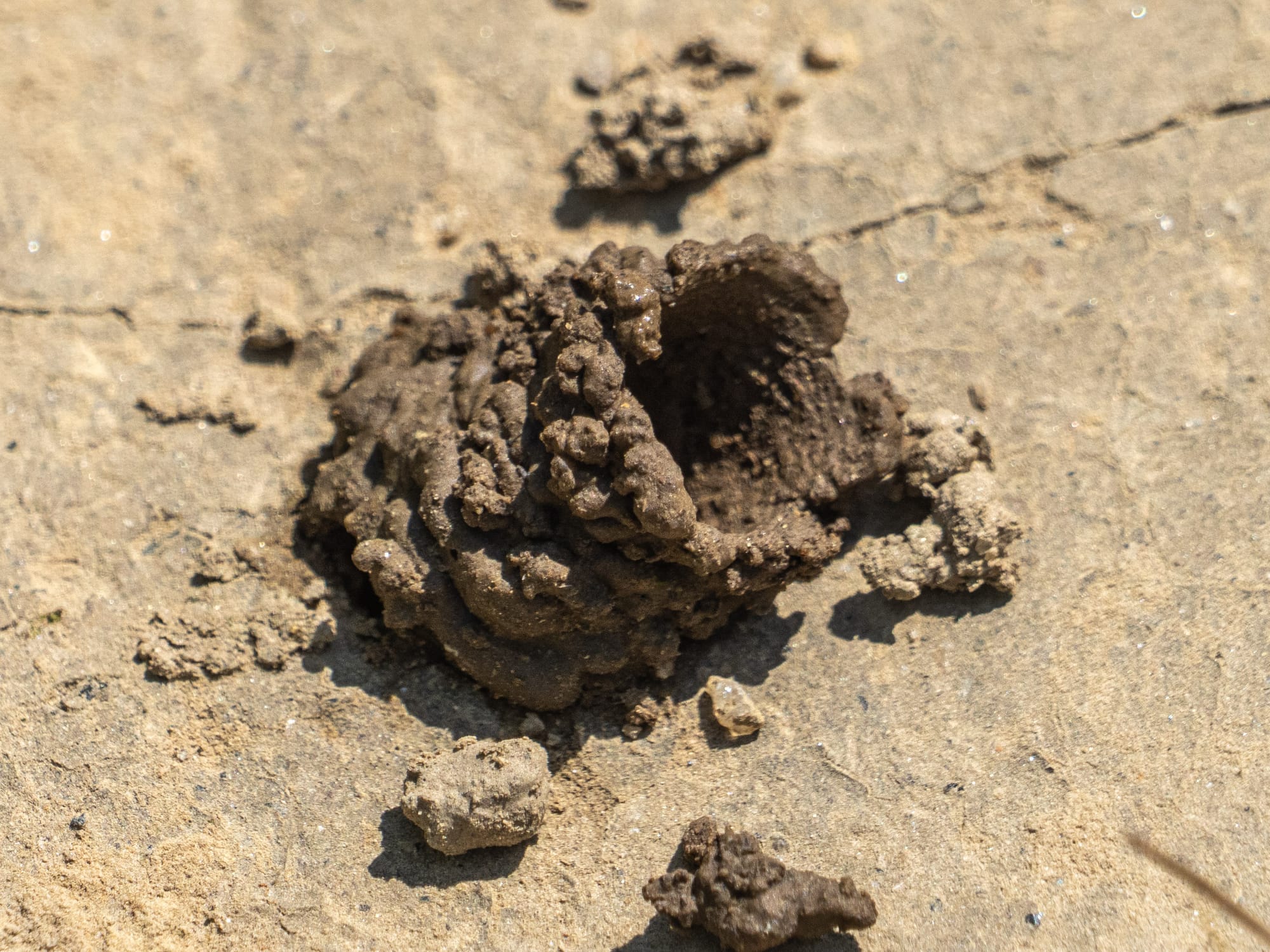
The bee pushes the moistened soil out of the burrow with her rear legs forming the turret.
The next task is gathering pollen and nectar to provision the brood chamber. While bumble bees have structures on their rear legs called pollen baskets Hibiscus Turret Bees gather pollen with thick, brush-like hairs on their hind legs called scopae. Phtilothrix means "feathered hair".
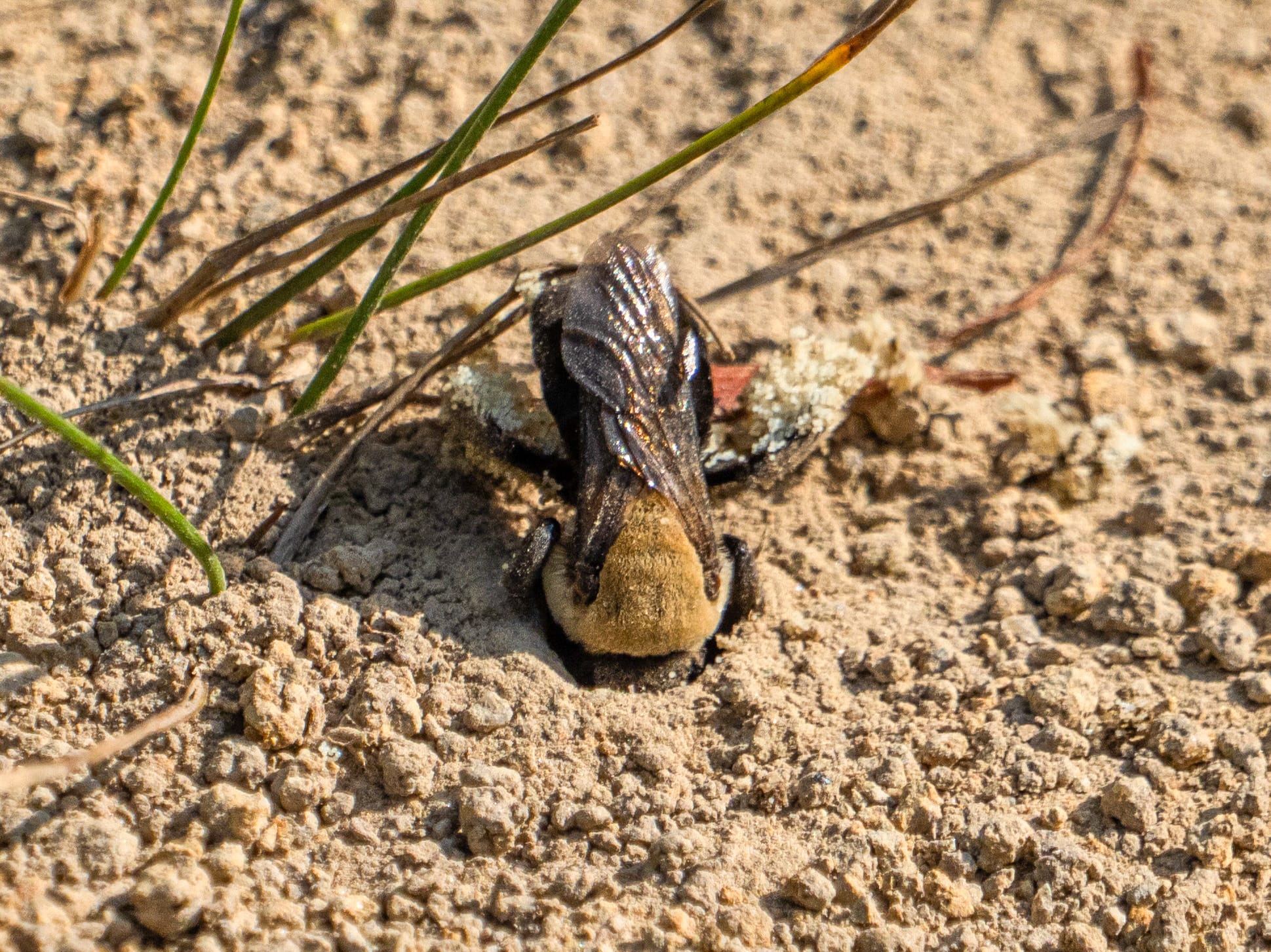
The primary source for pollen are Hibiscus species flowers because of the large size of their pollen. A number of other flowers may be visited to provide nectar. Male bees perch in the flowers to mate with foraging females. Males are territorial and the considerable activity of chasing off rivals within the flowers contributes to the pollination of their host plants.
The bee forms a spherical pollen-nectar mass and places an egg in a shallow depression on the bottom. A spiral cell cap from a wax and soil mixture is constructed, and the burrow tunnel is filled with loosely packed soil.
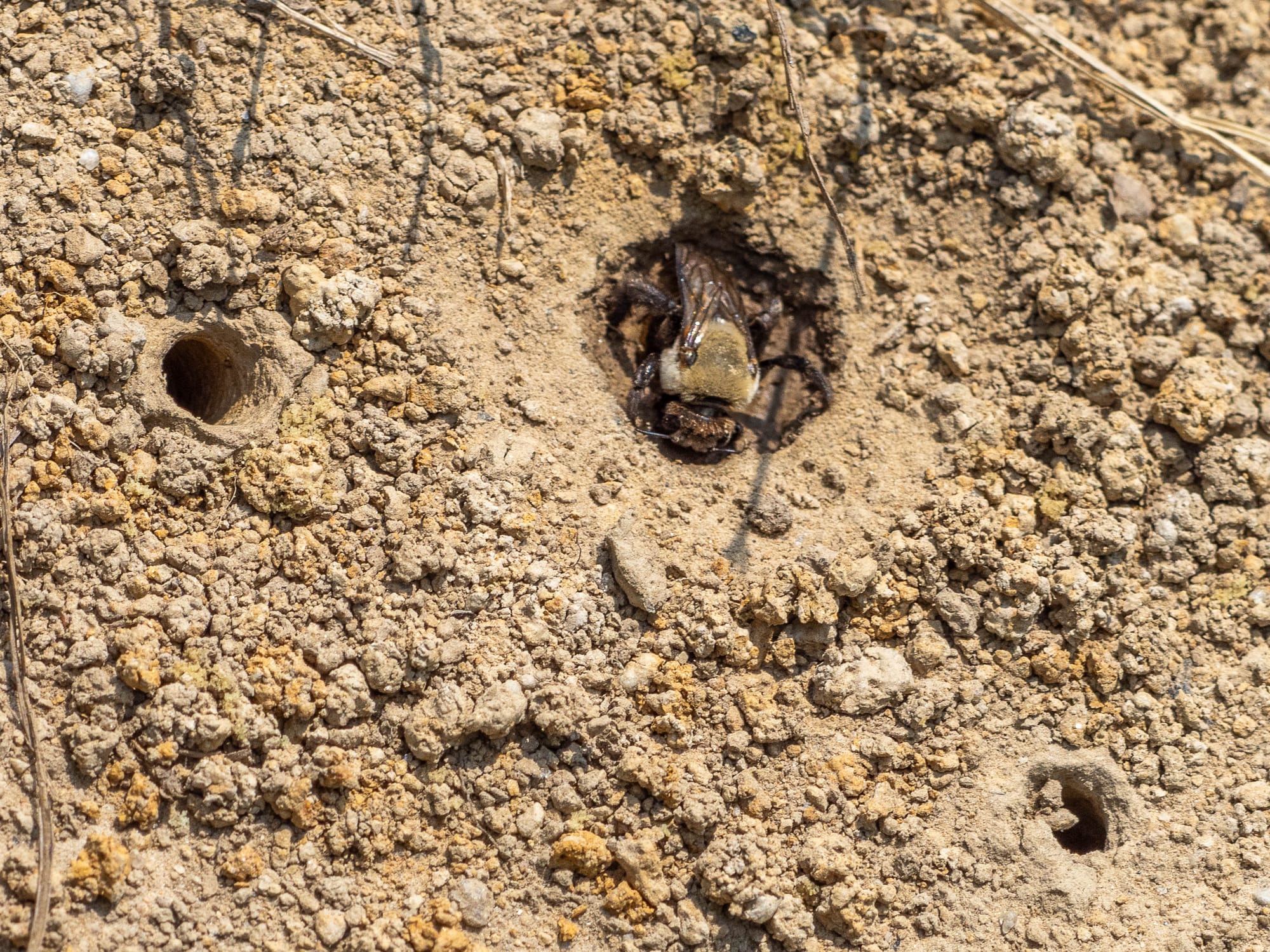
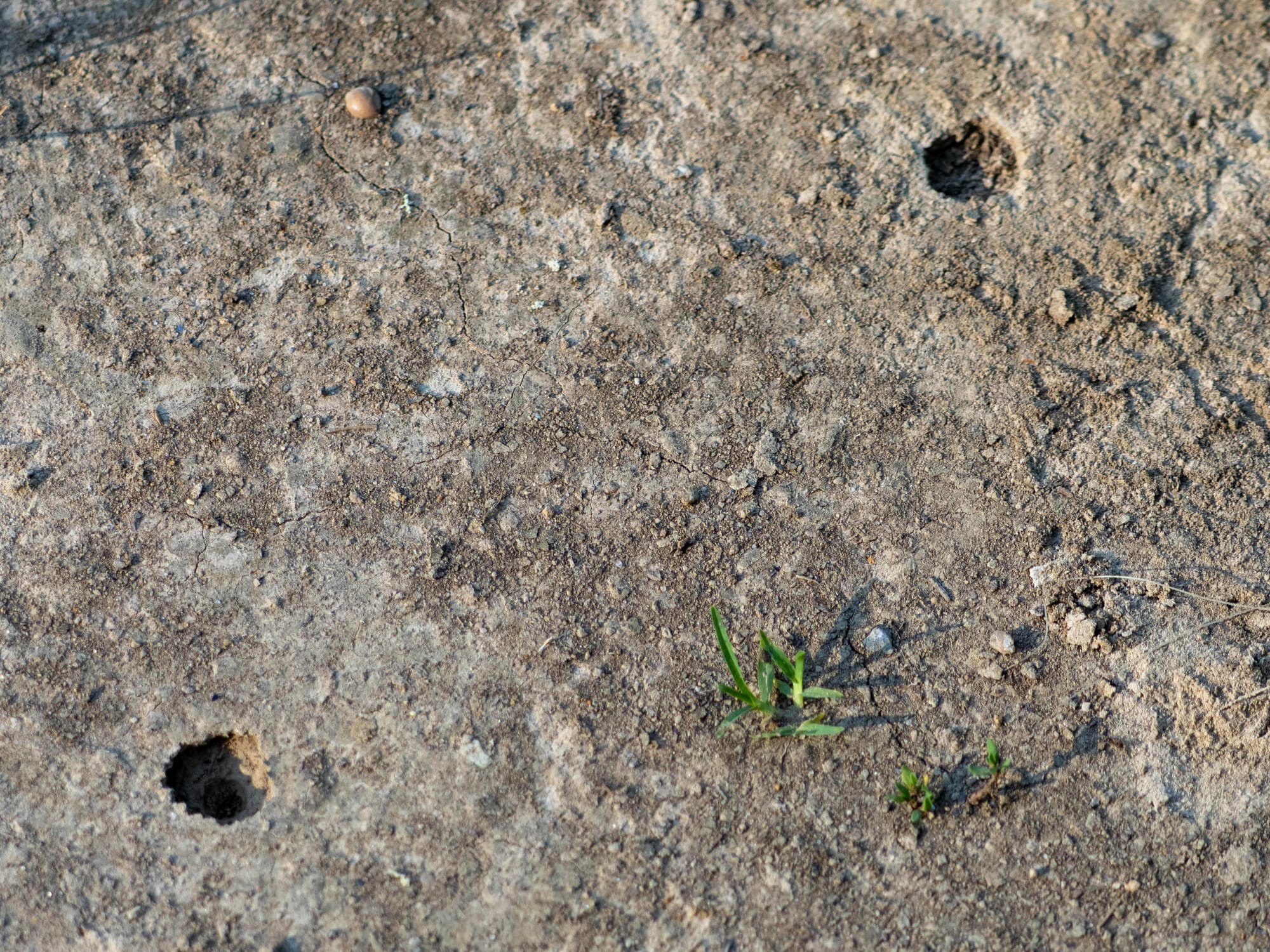
A bee fills in the burrow (note the two other nests under construction nearby, two burrows that have been filled in.
The egg hatches and the bee larva feeds on the pollen and nectar depositing a layer of digested pollen material on the inner surface of the cell. The larva then encases itself in a cocoon for the winter emerging the next summer.
The female Hibiscus Turret Bees will dig and provision several nests over the course of the summer.
